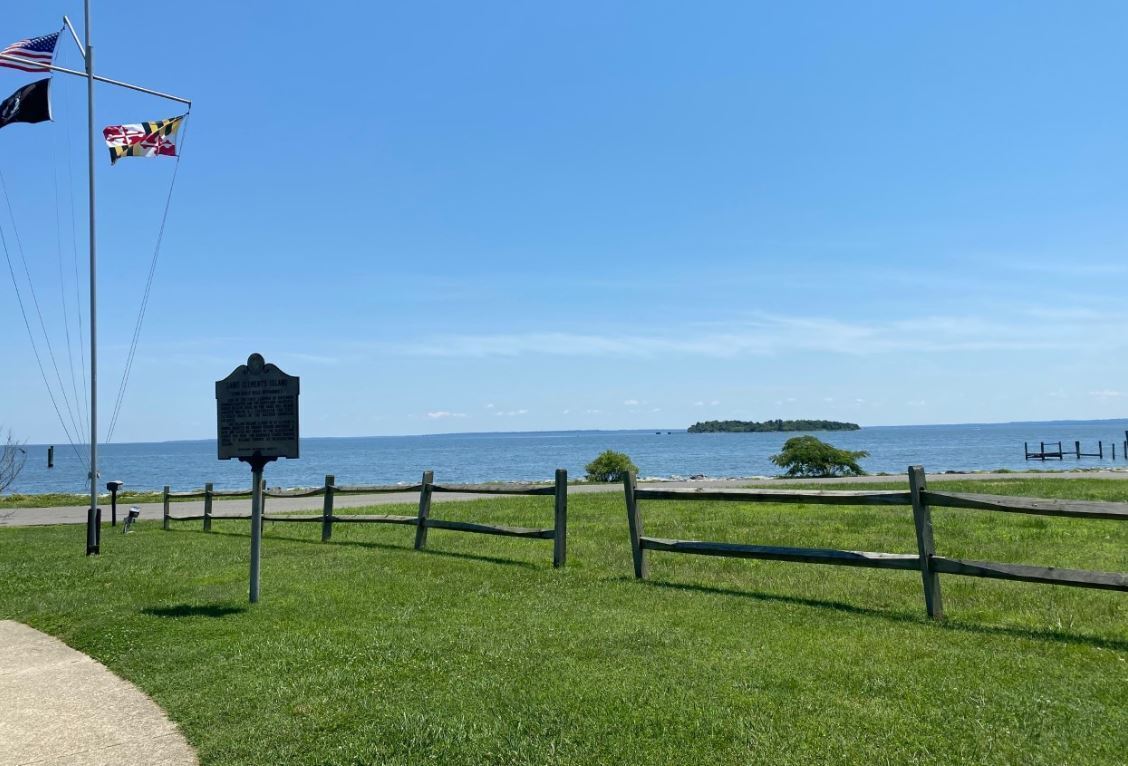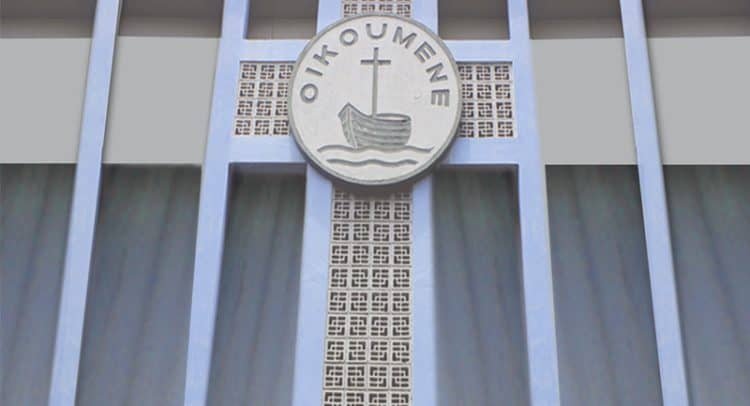ST. CLEMENT’S ISLAND, Maryland — The small pieces of oyster shells and ceramic shards in the palm of archaeologist Julia King don’t look like much.
But her team’s discoveries of roughly 1,500 pounds of shells and 200 pieces of ceramics bring new and more concrete evidence of the dominance of Native Americans who once lived at St. Clement’s Island and along the surrounding Potomac River shoreline in Southern Maryland. Native American leaders said their archaeological findings shed fresh light on their tribes’ historic presence in the state — which continues to this day but is often unknown, forgotten and ignored.
Fast, informative and written just for locals. Get The 7 DMV newsletter in your inbox every weekday morning.
“This work is showing a reclamation of the long history of Native Americans in that area and what it means to our people,” said Gabrielle Tayac. Tayac is a historian and member of the Piscataway Indian Nation, which considers the area its tribal homelands. “There’s been a willful and problematic negligence in the record about us.”
This tribe helped the Pilgrims survive for their first Thanksgiving. They still regret it 400 years later.
St. Clement’s Island — an uninhabited 40-acre plot of land only accessible by boat — sits where the Potomac and Wicomico rivers meet, about half-mile off the shoreline of St. Mary’s County. There are roughly 4,500 Native Americans who are part of two state-recognized tribes — the Piscataway Conoy Tribe and the Piscataway Indian Nation — who trace their roots to the area. Piscataway means “the people who live where the waters meet” in the Algonquian language.
To many, St. Clement’s Island is best-known as the spot where roughly 150 European colonists arrived on March 25, 1634, and held the first Catholic Mass in the British American colonies.
The date is recognized in the state as “Maryland Day,” and in the 1930s, a massive stone cross was built at the island to commemorate the state’s 300th anniversary. Over the years, the island has become a popular tourist spot, especially as a pilgrimage for Catholics and a field trip for schoolchildren to learn the state’s history.

Few people had explored the sandy shores and grassy lands of the island until King’s research team spent several months this summer carefully digging up grass and sifting through dirt. Her work was supported by grants from the Maryland Historical Trust, the Kahlert Foundation, the Charles County Board of Commissioners and the Friends of St. Clement’s Island.
They found scores of Native American artifacts at the site and in collections of area residents and of a small museum on the mainland. The items included stone tools, tobacco pipes, ceramics and oyster shells, along with bits of copper, polished tubes and stone beads. All of it is evidence, said King, an archaeologist with St. Mary’s College of Maryland, of the “extensive exchange and network of trade” between Piscataways and tribes from areas now known as Virginia, New York and as far away as Ohio and West Virginia — centuries before Europeans came.
The area of St. Clement’s, Tayac said, was a “gateway to Indigenous country” in the Maryland region. King’s findings “give a new sense of the presence of our people and how pivotal the location was in terms of interconnections for our people with trade routes, government and culture,” she said. “It shows the reach and extent of our homelands.”
For Native American leaders in Southern Maryland, King’s work is a validation of their long history and continued presence in the area that’s rarely highlighted.
“History was not written for us — or about us,” said Francis Gray, chairman of the Piscataway Conoy Tribe. “There’s a history of exclusion and genocide of our written language and other stories that nearly wiped us out. More needs to be done to explain and showcase our rich history that’s a part of what Maryland is today. We’re Maryland’s original peoples.”
Archaeological records show Native Americans were in the St. Clement’s Island area as far back as 3500 B.C., according to King. The island itself was once 400 acres, but erosion shrank it. Historians say there were an estimated 5,000 Piscataways living in the Potomac Valley area in the 1600s.
At the mouth of two rivers, St. Clement’s is an ideal spot for human settlement, easy to access and navigate compared with the Potomac’s unpredictable waters, experts said. St. Clement’s was rich with oyster fisheries and good soils for plants and animals, so Native Americans set up major towns along the neighboring shorelines.
Rico Newman, an elder in the Choptico Band of Piscataways, said he remembers when growing up that he heard oral histories from his elders of how Piscataways followed the shad and herring runs along the nearby Wicomico River and went to St. Clement’s Island. Native Americans called it Heron Island after the bird that is fond of nesting in the area.
“There was no better place to live off the water and the land than there,” Newman said. He recalled how his grandfather used to tell him, “if the heron isn’t fishing, then you weren’t fishing.” It meant there was “something wrong with the fish or the water that day.”
Under the Piscataway chiefdom, other tribes — including the Yaocomico, Mattawoman, Pamunkey, Mattaponi and Nanjemoy — were interconnected with their own systems of justice, governing and defending themselves.
Piscataway oral histories include tales of incursions by the Spaniards into their tribal homelands at the end of the 1500s, and violent encounters ensued.
In the early 1600s, Piscataways traded with Europeans from the sister colony in Jamestown, Va. For the Piscataways, the trade meant protection for their homeland from Iroquois. English copper, beads and metal tools “made the newcomers useful that they need not be killed or left to starve,” according to Piscataway leaders and historians.
The Piscataways’ homeland changed dramatically when in March 1634, two ships — the Ark and the Dove — arrived with colonists looking to create a settlement. To celebrate their arrival, the colonists held the first Catholic Mass in the New World.
The colonists knew of the disagreements and slayings between Native Americans and settlers at Jamestown, so they planned a different approach. The Calvert family, who founded Maryland as a colony, “didn’t want to pay for the costly kinds of wars experienced in Virginia,” King said, “so they made the decision to forge diplomatic relationships with the Indians.”
They went from St. Clement’s upriver to see the Piscataway tayac — the word for leader in the Algonquian language. They told Wannas, the Piscataway tayac at the time, they’d “come not to make war, but out of good will toward them,” according to records at the St. Clement’s Island museum.
Wannas, the tayac, cautiously responded to them, saying the Native Americans did not welcome the colonists, but also was not going to force them to leave. The colonists decided St. Clement’s was too small and well-established as “Indian country,” so they returned and went down the river to what would become St. Mary’s City, where they bought land from the Yaocomicos and set up the first English settlement in Maryland.
Archaeologists find earliest colonial site in Maryland after nearly 90-year search
By 1650, more colonists moved to the area, and they created a reservation for the Piscataways, but eventually, King said, the Native Americans were pushed out as colonists took over. Some Piscataways went north to what’s now Frederick. Others went to Virginia. And some stayed, but they were “no longer considered a sovereign nation,” King said.
Fast-forward to the 1850s when a lighthouse was built at St. Clement’s Island. A replica of it is there now, and the island is owned by the state and managed by the St. Clement’s Island museum.
Inside the small museum, there’s little mention of the Piscataways, but that’s expected to change.
Karen Stone, the executive director of the St. Clement’s Island museum, said a major renovation will start early next year with new exhibits that will tell Maryland’s history from the points of view of the colonists and the Piscataways. She said local Native American leaders are involved in designing the materials and exhibits for the new museum to give a more complete story and more accurate history of the Piscataways.
Anjela Barnes, a Piscataway tribal member who also serves as vice president of the Accokeek Foundation — a Maryland nonprofit — said the area’s history is based on a “romanticized version.” She’s eager to see it changed.
“What’s not told is that tribes were already there,” she said. “And we’re still here.”













